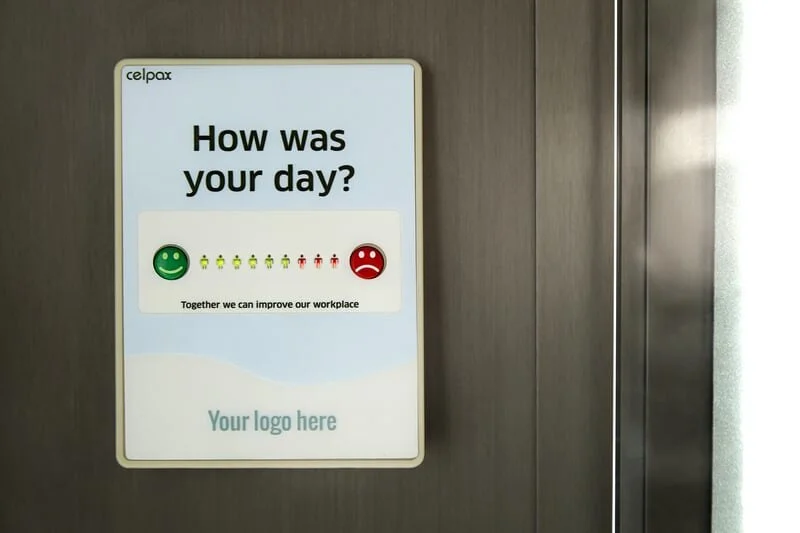Are you new to an organization and need to get your team to follow you? Have you recently been promoted and your current reports were recently your peers? Do you have friends that now report to you?
When we take over a new role and have people reporting to us, we can’t simply believe they should follow us because of our position. Far too often people in positions fall back on this stance, I’m in the leadership position so everyone on the team must respect and follow my lead. Expecting people to follow us because of a title is not true leadership. If we want people to follow us we need to reframe our minds to be one of a servant leader.
That sounds very contradictory doesn’t it. A leader that serves. Shouldn’t it be the other way around? Our culture would want us to think that way, but the best way to lead is to focus on others. We need to serve them well as their leader.
To serve the team we first need to make sure that we are building trust with the team. In order to move forward with others then they first have to know, like, and trust us. If they don’t like and trust us, then we will have a slow lonely walk. In business today it is fast paced that if we do not have trust then we are going to be passed by the competition.
How do we build trust fast is what I am often asked when talking to leadership teams. We need to first put value on each person. Not for them as employees, but as individuals. Each person is unique and has unique gifts to help the team. We need to understand this and learn about our team members, not just to leverage their gifts, but to make them are known and valued. Just think of a team in surgery, each of them has specific gifts that will help them save a life. We need to focus on finding out each individuals gifts and show them they are valued.
By focusing on individuals, we start to learn about them just like a sales person should be learning about the customer. If we treat each individual as a customer, we start reframing our minds to thinking about how we can serve them well. We immediately kick into building rapport and trust. That’s what good sales professionals do best. They build relationships. At the core of any relationship is trust.
You may be asking yourself, what if I’m not a sales person. How do I do this? Spoiler alert, we are all sales people. Whether we have been on an interview, first date (interview), volunteering, parent, etc we are selling ourselves to others as a great option. We are all selling something whether it is ourselves, or ideas, or our passion to help people be their best selves.
Sales really is not that hard. I was an introverted engineer when I started in sales. It does not get much more difficult than that. I like my alone time and I am a 1’s and 0’s black and white kind of person. I still have thrived in sales because I focus on helping people get to a better place. If we are in a leadership position, we can thrive as by putting on our sales hat and building trust with those that report to us. Next week I’ll walk through the first buying decision in sales and how leaders can adapt that to building trust and relationships with those that report to them.
For now, sit back and think of a few relationships that could be improved by thinking like a sales person. Not to sell them something, but how you can serve them and help them get to a better place.
Have a great day!
Sincerely,
Kevin Sidebottom
“Businesses wonder why the majority of their sales teams struggle at winning profitable business. I teach your sales team to walk with the customer through the five buying decisions, and in the correct order to generate more sales with high margins!”





















